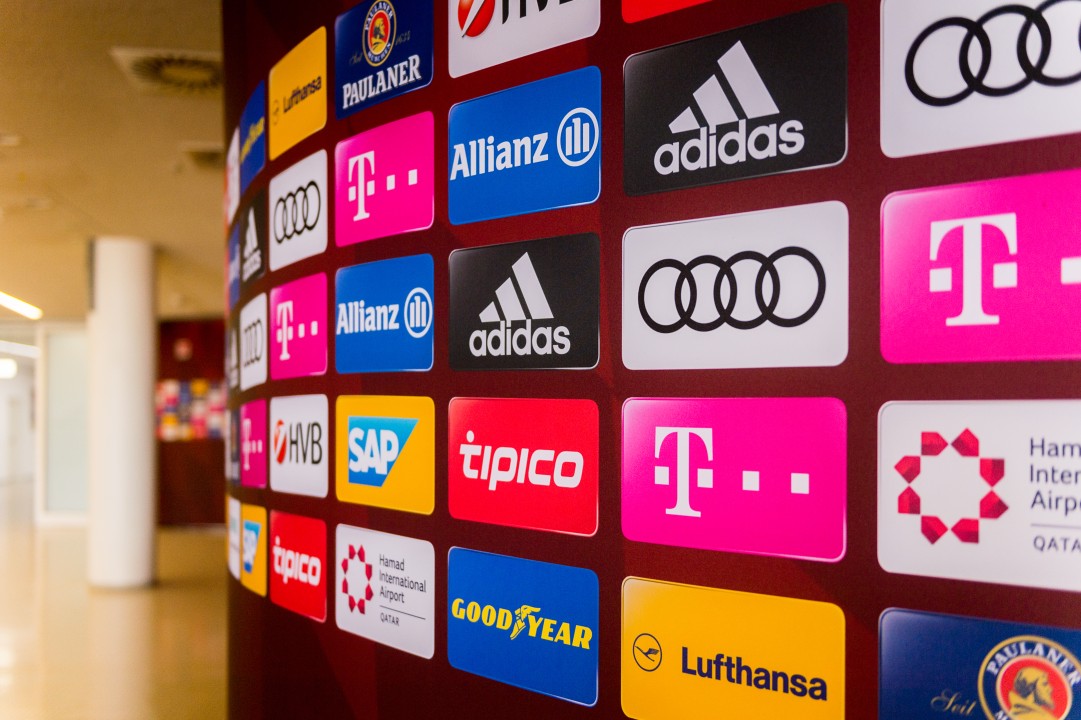In the multi-billion-dollar world of football, sponsorships form the lifeblood of clubs, leagues, and even individual athletes. As the most-watched sport globally, football offers sponsors unrivaled visibility, emotional engagement with fans, and brand affinity across cultures. Over the past decade, sponsorships have evolved from mere logo placements to comprehensive strategic partnerships. Here’s a look at the biggest and most influential sponsors driving the business of football today.
Emirates – The Airline That Became a Football Icon
Sponsorship footprint: Arsenal, Real Madrid (past), AC Milan, Olympiacos, and the FIFA World Cup
Estimated spend: Over $100 million annually
The Dubai-based airline has built a brand synonymous with global football. Emirates was one of the first companies to leverage shirt sponsorships and stadium naming rights on a massive scale. The “Fly Emirates” logo has adorned some of the biggest clubs, and its investments have spanned continents. Beyond exposure, the airline uses these partnerships to cement its luxury travel reputation and expand route awareness.
Etihad Airways – Creating a Football Empire with City Football Group
Sponsorship footprint: Manchester City, Melbourne City FC, and New York City FC
Estimated spend: $67.5 million/year (Manchester City shirt and stadium deal alone)
Etihad’s partnership with Manchester City includes both shirt sponsorship and naming rights to the Etihad Stadium. It’s a flagship example of vertical integration in sports sponsorship—part of a broader strategy involving ownership via the City Football Group. The deal’s scope includes youth development, digital content, and fan experience innovations.
Spotify – Music Meets Football in a Cultural Merger
Sponsorship footprint: FC Barcelona
Estimated spend: $70 million/year (since 2022)
In one of the most talked-about deals in recent years, Spotify partnered with FC Barcelonain a naming rights and shirt sponsorship deal. The Spotify Camp Nou represents a modern twist on football sponsorship: it’s about storytelling, fan engagement, and digital crossover between music and sport. The streaming giant even integrates artist promotions onto Barça’s shirts—blurring the line between entertainment and sport.
Adidas and Nike – Dominating Kit Deals and Player Endorsements
Sponsorship footprint: National teams (e.g., Germany, Brazil, England), top clubs (Real Madrid, Manchester United, PSG), and superstars (Messi, Mbappé, Haaland)
While not traditional shirt sponsors, Adidas and Nike are the dominant forces in football apparel.
• Adidas has long-term deals with clubs like Real Madrid (~$120M/year) and Bayern Munich.
• Nike sponsors both clubs and elite national teams like Brazil and England.
They also fight for athlete endorsements, with deals worth tens of millions annually. Their influence extends from grassroots to World Cup finals.
Saudi-backed Entities and Betting Brands – The New Power Players
Sponsorship footprint: Newcastle United (Saudi’s PIF), La Liga (via Sorare and crypto partnerships), and a multitude of mid-tier European clubs
Estimated spend: Rapidly expanding, with new billion-dollar ventures in development
With oil wealth and state ambitions driving influence in football, Saudi Arabia’s Public Investment Fund (PIF) has entered through club ownership (e.g., Newcastle United) and potential sponsorship deals. Betting and crypto brands—like Stake, 1xBet, and Socios.com—have also poured money into clubs eager for high-revenue deals, though this trend is facing regulatory scrutiny in countries like the UK.





FA confirms transgender women can no longer play in English women's football from June 1